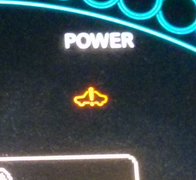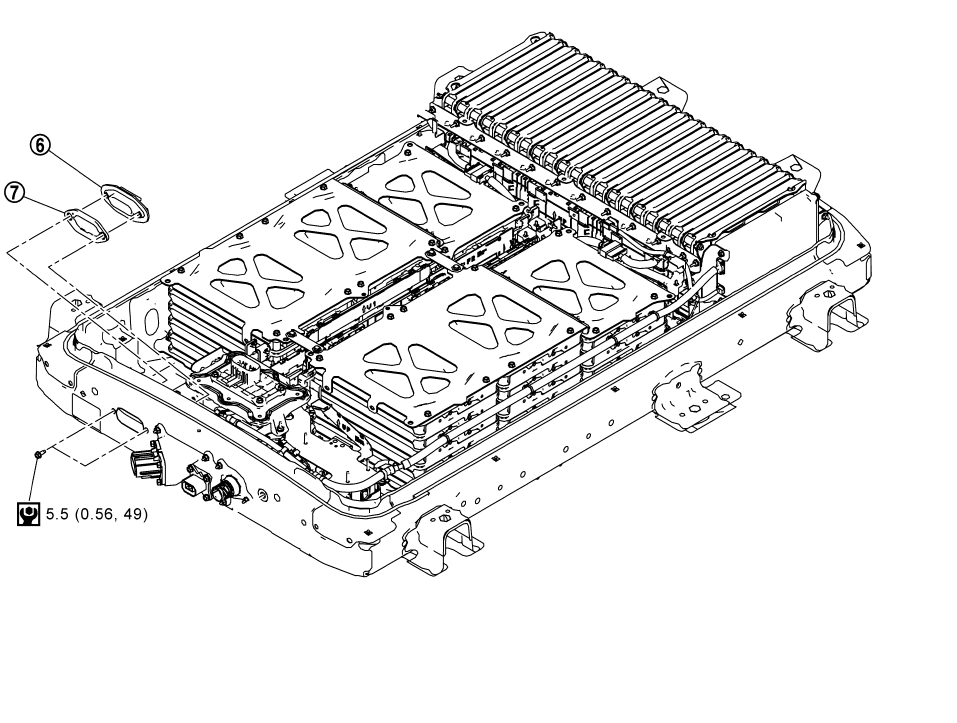DougWantsALeaf said:
Maybe Nissan should get out of the battery business and just open source the platform for 3rd party. It can then focus on the rest of the car. It’s kind of happening already.
Just sell that as a feature. Use it as a way for the dealers to sell some upgrades.
They tried to sell off AESC, nobody wanted to buy it. They've set it up specifically to deal with the dearth of battery manufacture at the time, which was a really good move, but they made some critical mistakes in both the battery chemistry and assembly, decisions which you can't really overturn easily once you optimize a factory for throughput. And now everybody knows they produce **** batteries, so nobody is going to buy that factory, especially as it's becoming ever more profitable to just start your own gigafactory.
So they're stuck with essentially a stranded asset.
That being said, they could have fixed a LOT of issues by just making their Leaf batteries like the e-NV200 batteries. Those batteries have the minimum of thermal management and last literally 5x longer than Leaf batteries. We've recently serviced an e-NV200 EVALIA taxi that had around 1300 QC sessions (and just 1000ish slow charge sessions), something like 120.000km and the battery was still at 90%. Same exact chemistry, same cells even, just different module layout and a heat exchanger in the pack.


